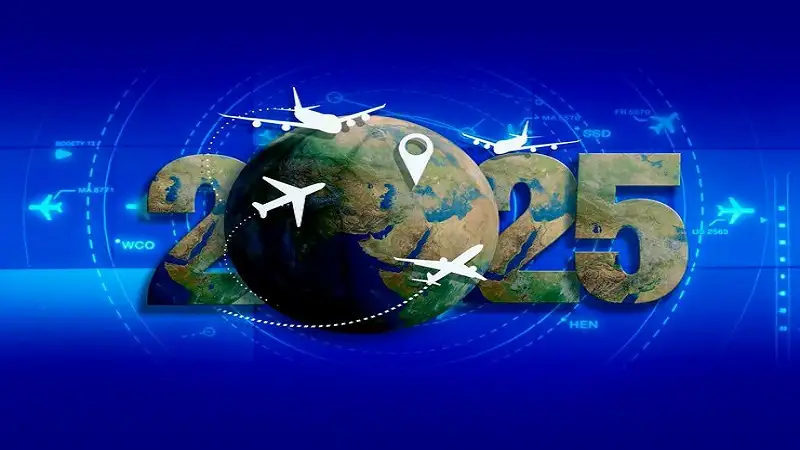The aviation industry has long been a frontier of innovation, constantly evolving to meet the demands of passengers and the global economy. One of the newest and most intriguing concepts in the field is the “Zopalno Number Flight.” This revolutionary idea promises to transform air travel as we know it by leveraging advanced technology and data-driven insights to optimize flight operations and enhance the passenger experience.
What is Zopalno Number Flight?
Zopalno Number Flight is a modern approach to flight scheduling, navigation, and operational efficiency. The term “Zopalno” refers to a proprietary algorithm or system designed to analyze vast amounts of flight data in real-time. By using advanced analytics, the Zopalno system assigns unique numerical identifiers to flights, streamlining operations and improving overall efficiency.
The concept aims to revolutionize traditional methods of flight management, making them more responsive, environmentally sustainable, and passenger-friendly.
The Technology Behind Zopalno Number Flight
Advanced Algorithms and Data Analytics
At the core of the Zopalno Number Flight system is a powerful algorithm that processes real-time data from various sources, including weather patterns, air traffic conditions, and aircraft performance metrics. This data-driven approach enables airlines to make informed decisions about flight routes, fuel consumption, and scheduling.
Machine Learning Integration
The system continuously learns from past flights, improving its predictions and recommendations over time. Machine learning algorithms help Zopalno Number Flights adapt to changing conditions, ensuring optimal performance and passenger satisfaction.
IoT and Connectivity
The Internet of Things (IoT) plays a crucial role in the Zopalno system. Sensors embedded in aircraft provide real-time data on engine performance, fuel levels, and other critical parameters. This information is transmitted to ground control systems, where it is analyzed to optimize flight operations.
Benefits of Zopalno Number Flight
Enhanced Operational Efficiency
By analyzing real-time data, Zopalno Number Flights can optimize flight routes and reduce fuel consumption. This not only lowers operational costs for airlines but also minimizes the environmental impact of air travel.
Improved Passenger Experience
Zopalno Number Flights offer a smoother and more predictable travel experience. Passengers benefit from fewer delays and more accurate arrival times. Additionally, the system enables personalized services based on passenger preferences and flight history.
Environmental Sustainability
The aviation industry is a significant contributor to greenhouse gas emissions. Zopalno Number Flights help reduce carbon footprints by optimizing fuel usage and flight paths. This aligns with global efforts to combat climate change and promote sustainable travel.
Enhanced Safety
Real-time data analysis allows for proactive maintenance and quicker response to potential issues. This improves the overall safety of flights, making air travel even more secure.
Practical Applications of Zopalno Number Flight
Dynamic Flight Scheduling
One of the key applications of the Zopalno system is dynamic flight scheduling. Airlines can adjust flight schedules in real-time based on current conditions, such as weather and air traffic. This flexibility ensures that flights are as efficient as possible.
Predictive Maintenance
By analyzing data from aircraft sensors, the Zopalno system can predict when maintenance is needed. This proactive approach reduces downtime and ensures that planes are always in optimal condition.
Enhanced Air Traffic Management
Zopalno Number Flights contribute to more efficient air traffic management by providing real-time data to air traffic controllers. This helps reduce congestion in busy airspaces and improves overall flight coordination.
Challenges and Limitations
Data Security and Privacy
The reliance on vast amounts of data raises concerns about security and privacy. Ensuring that passenger information and flight data are protected is crucial for the success of the Zopalno system.
Implementation Costs
Adopting the Zopalno Number Flight system requires significant investment in technology and infrastructure. Airlines need to weigh the long-term benefits against the initial costs.
Regulatory Compliance
The aviation industry is heavily regulated, and implementing a new system like Zopalno requires approval from various authorities. Navigating these regulatory hurdles can be time-consuming and complex.
The Future of Zopalno Number Flight
Global Adoption
As the benefits of Zopalno Number Flights become more apparent, it is likely that airlines around the world will adopt this innovative system. This could lead to a new era of smarter, more efficient air travel.
Integration with Emerging Technologies
The Zopalno system has the potential to integrate with other emerging technologies, such as autonomous aircraft and blockchain for secure data management. This could further enhance its capabilities and impact on the aviation industry.
Collaboration with Industry Stakeholders
For Zopalno Number Flights to reach their full potential, collaboration between airlines, technology providers, and regulatory authorities is essential. Partnerships and joint initiatives can drive innovation and accelerate the adoption of this groundbreaking concept.
Conclusion
Zopalno Number Flight represents a significant leap forward in the aviation industry. By harnessing the power of advanced technology and data analytics, this innovative system promises to make air travel more efficient, sustainable, and passenger-centric. While there are challenges to overcome, the potential benefits make it a promising solution for the future of aviation. As airlines and industry stakeholders continue to explore and implement Zopalno Number Flights, the skies may soon become smarter and more connected than ever before.

